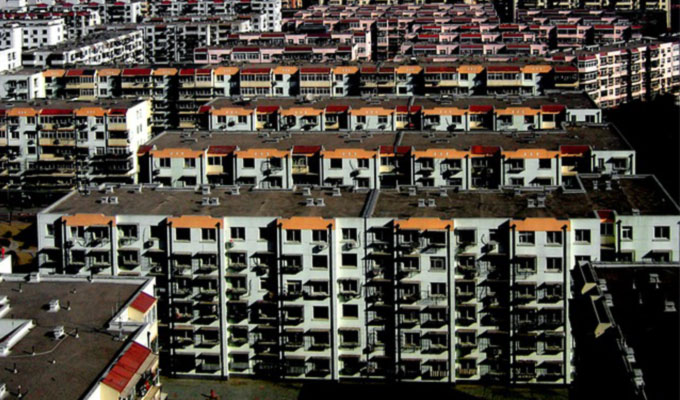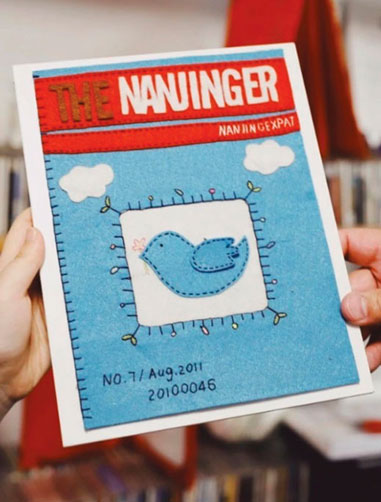“Production First, Livelihood Second”, China’s late premier Zhou Enlai was once famous for saying. For the large part, this described China’s attitude at the time to the comforts of modern housing. Mao and Deng era Soviet-style housing was, at the time, provided by the government and allowed for extremely low rent, utilities, water and sanitation. However, a life of cold, dreary and uncomfortable hard living was the price citizens paid.
This housing was militarily formed, concrete empty shelled apartments, stacked one on top of the other, and all six floors high, on account that building regulations dictated a lift be installed if any higher. For 30 years, this is how urban Chinese dwellers lived, until Deng swung the door open. Then, some luxury was permitted, yet the shell remained the same. Often poorly built and lacking in any kind of maintenance, Chinese housing was undesirable indeed.
While a lot of these old styled apartment blocks in China’s influential cities are now being torn down; as foreigner, if you arrived even 5 years ago you’ve probably spent some time living in one, or at least visiting someone who lives in one. It was probably during this time that you started to empathise with the Chinese, especially the elderly.
Long term Expat resident in Nanjing, Eric Thompson, has lived in several such concrete blocks during his many years in the city. Speaking with The Nanjinger, he said, “I didn’t so much mind the walking up six floors, as the idea of keeping fit was a consolation. I did mind that these buildings have no insulation. And when concrete gets cold in the winter, it gets real cold. There is something disturbing about walking up in the morning and being able to see your own breath. I really don’t know how the old people could manage”.
The Nanjing Real Estate Bureau has this past week held a meeting to discuss the possibility of furthering its “rental elevator” installation for such aging housing. After having piloted the lease-based elevators in districts such as Xuanwu and Qixia, the government plans to expand.
“The city strives to complete the installation of 600 elevators in the old districts. In addition to the main six districts in the city, newer districts such as the Jiangbei New District will also receive the elevators”, reported the Yangtze Evening News.
In order to cut costs for residents, a card similar to that used on the buses or metro for payment is used to ride the elevators. Having got wind of the success of the elevators, residents in Nanjing’s outer suburbs Gaochun, Lishui and Pukou have constantly been on the phone to inquire about the lifts, and have expressed there is an urgent need for additional elevators in their areas.











